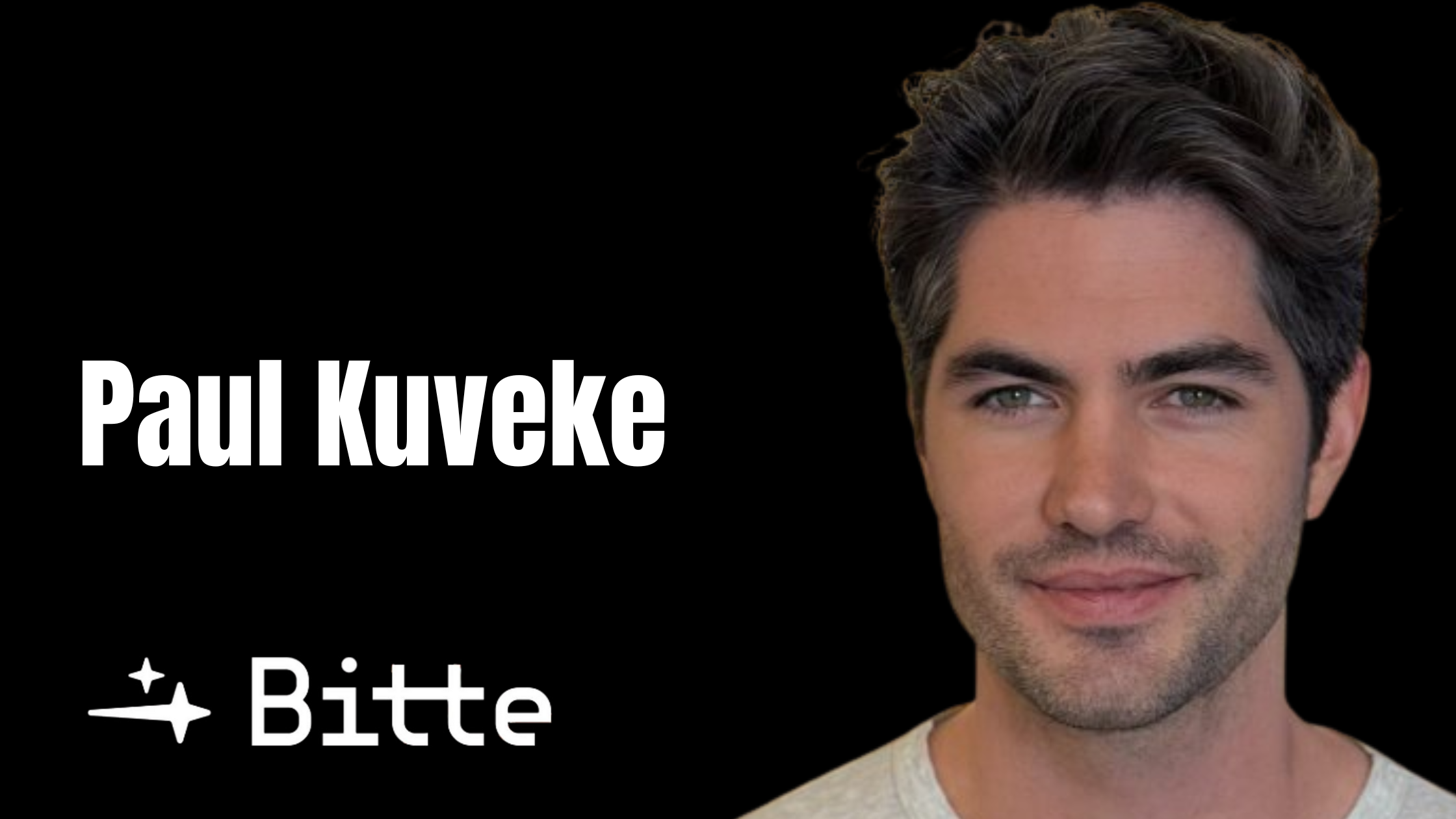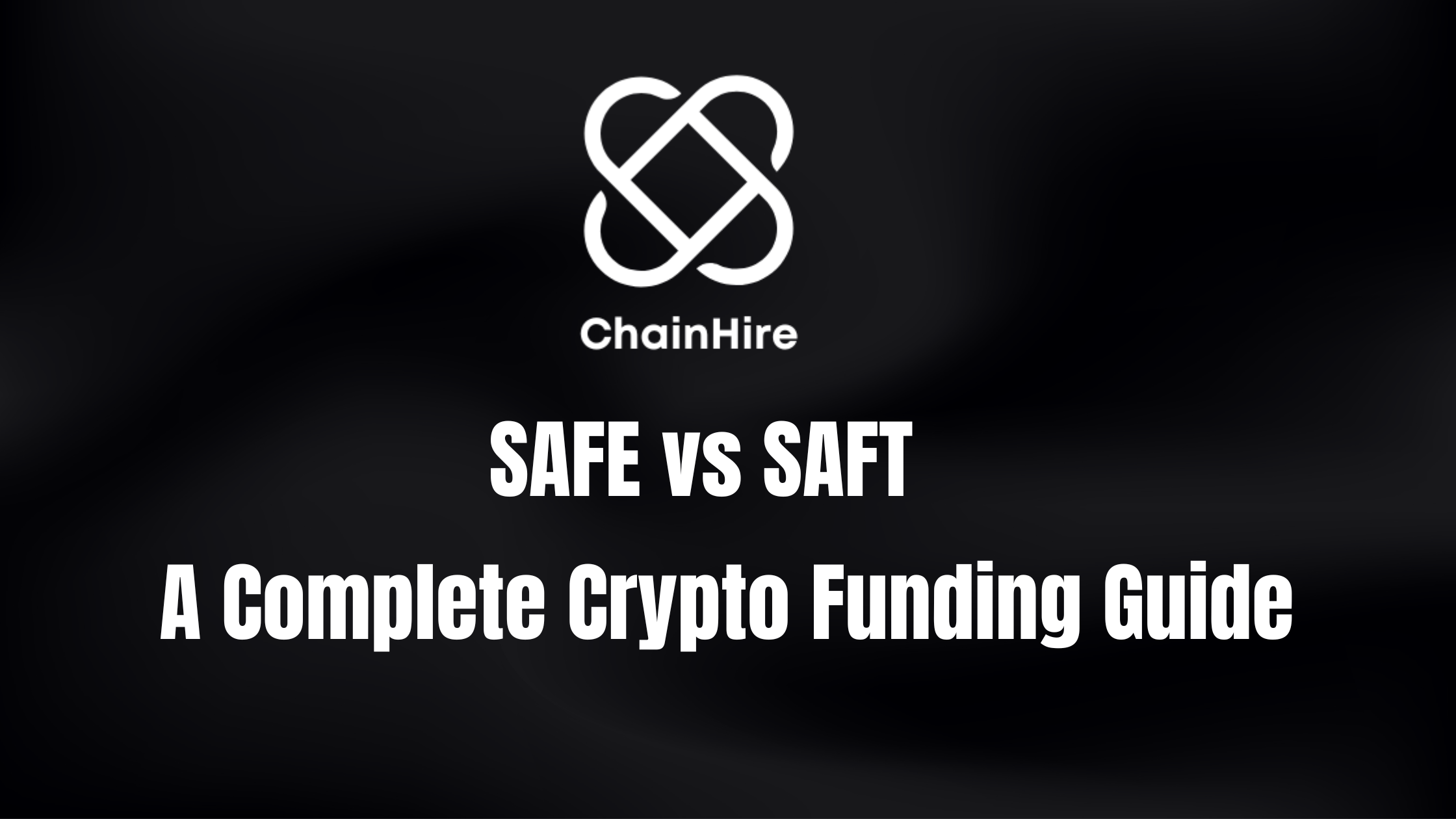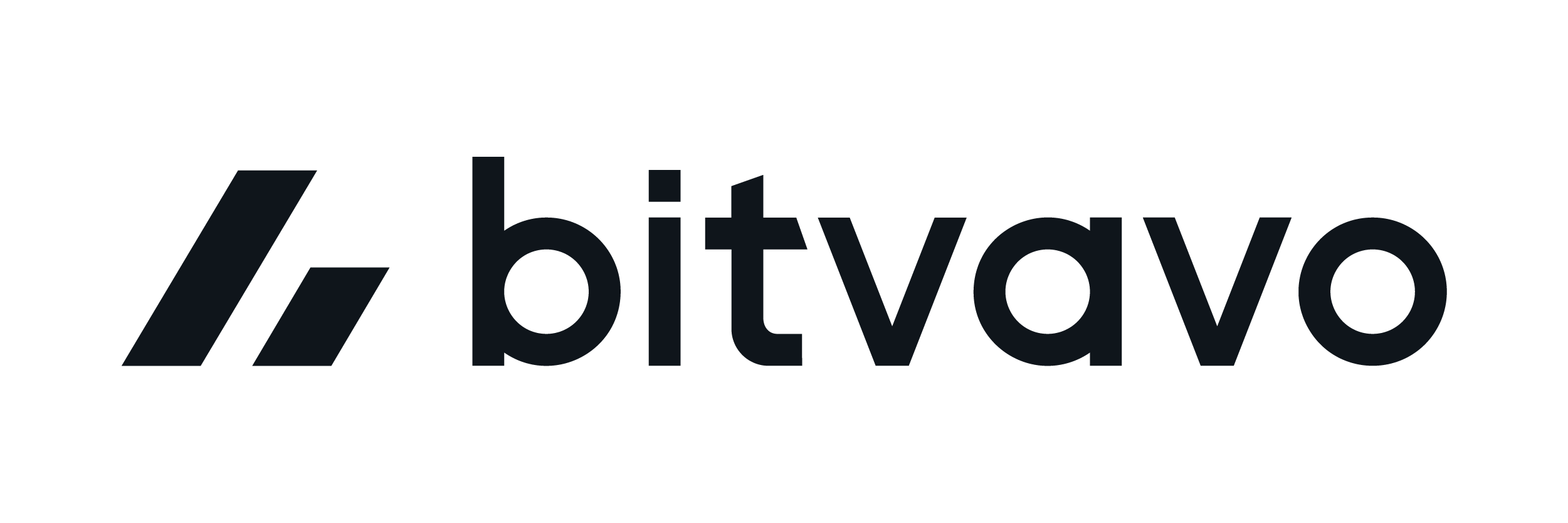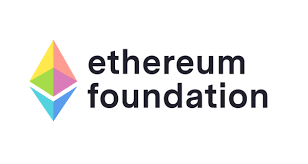👋🏻 GM frens! Welcome to another series of Builder Spotlight, where we sit down and chat with people pushing the Web3 space forward.
In this edition, we talk with Grace Lau, Founder & CEO of ArtWise, a protocol that is bridging the $1.5 trillion global art market with tokenisation.
This time we’re diving into a space that has been around for centuries but has barely changed — fine art. Think dusty auction houses, private collectors, backroom deals, and zero transparency. Now imagine putting that whole market on-chain.
From tokenizing blue-chip artworks to enabling art-backed lending pools, Grace is building what could be Asia’s first serious infrastructure to bring fine art into DeFi.
If you’re still catching up on why Real-World Assets (RWA) matter, start here: 👉 Real-World Assets (RWA) in Web3: What’s Happening & Why It Matters
Let’s dive in 👇
👤 Grace Lau – Artwise
From Auction Houses to Blockchain
Grace spent 10+ years in the traditional art world — working with top collectors, private sales, and everything from Nara Yoshitomo to Yayoi Kusama.
Over time, she saw the same pain points everywhere:
- opaque pricing, sky-high fees, fakes flooding the market, and zero liquidity for collectors sitting on multi-million-dollar paintings.
“The art world is one of the oldest and most gatekept industries,” Grace told us.
“Half the works traded today are fakes. And in Hong Kong, even if you own a $10M Picasso, you can’t borrow against it. The value just sits there.”
In 2022 she founded ArtWise.
What started as a simple dealer network quickly evolved — after joining Cyberport’s startup program and meeting the Web3 community — into a mission to tokenize fine art.
The goal? Bring transparency to a closed market and unlock liquidity for an asset class that’s been frozen for centuries.
It’s a model already used by Western private banks, but almost unheard of in Asia.
✅ Key Summary
- Art as a Financial Asset: ArtWise is building the infrastructure to use fine art as collateral, just like private banks do in Europe and the US.
- On-Chain Provenance: Every step — authentication, ownership history, pricing — lives on-chain for transparency.
- DeFi Liquidity: Collectors can tokenize their art, borrow against it, and access capital — while lenders earn 8–20% yields from art-backed loans.
- Asia’s First: While European private banks have started experimenting with tokenized art as collateral, putting art financing fully on-chain is still brand new worldwide. ArtWise is pioneering this model — and aims to set the benchmark for Asia
- Institution-Ready: By standardizing art data, ArtWise opens the door for banks and financial institutions to treat art as a serious, regulated asset class.
🫶 About ChainHire
ChainHire is your trusted Web3 job board & info hub — connecting the best people with the best crypto projects, and bringing you the real stories behind the next wave of crypto.
If want to learn more about how we can help grow your project and team — reach out here!
🔍 What pulled you into the world of RWA?
So how did Grace go from Christie’s and Sotheby’s to blockchains and smart contracts?
Grace says it started with seeing the cracks in the traditional art world up close.
For years, she watched UHNW collectors struggle with the same pain points:
- Zero liquidity: “You can own a $10M Picasso and still be cash-poor. Unless you sell it, the value is stuck. And in Hong Kong, banks don’t let you borrow against it — unlike the West, where art-backed lending is already common.”
- Opaque, gatekept markets: Deals are done in private rooms, prices are hush-hush, and only a handful of insiders see the real flows.
- High fees and slow processes: Selling a painting? Expect sky-high transaction costs and months of paperwork.
- Fakes everywhere: Grace estimates that as much as 50% of art circulating has issues with provenance.
The “aha” moment came in 2022 when she joined Cyberport’s startup program in Hong Kong.
“I met people building with Web3 tools and RWAs in real estate. It clicked: tokenization is perfect for art as an asset class. It’s a way to finally make the market transparent and unlock liquidity.”
🤖 So… What Is ArtWise?
Think of Artwise as Aave, but your collateral is a Basquiat instead of ETH.
At its core, ArtWise lets art owners tokenize their physical paintings and use them as collateral — just like you’d use ETH or stETH in DeFi.
Collectors can tap into a lending pool and borrow stablecoins against their tokenized Picassos. On the other hand, lenders can earn yield (8–20%) from short-term loans secured by blue-chip art.
But ArtWise isn’t just about liquidity. Grace is attacking two fundamental problems in the art world:
Transparency:
Everything — provenance, authenticity, past sales — is recorded on-chain.
“Half the art circulating today is fake,” she says.
“If we can put provenance on blockchain, over time the fakes will naturally fall away.”
Unlocking Value:
Western private banks have long allowed collectors to borrow against their Picassos and Basquiats. In Hong Kong and much of Asia? That infrastructure doesn’t exist.
“This is standard in Europe and the U.S., but almost unheard of here. We want to set the benchmark.”
Long-term vision?
Turn art from a dusty, illiquid luxury into a standard financial instrument — one that can be used just like any other asset on-chain.
“It’s not about hype or flipping JPEGs,” Grace says.
“We’re building the rails so that real, physical art becomes a usable, liquid asset class.”
ArtWise in Practice and who they work with (For Now)
Vetting: Over 90% of submissions are rejected. Only blue-chip post-war and contemporary artworks with a proven price record are accepted.
Tokenization: Artwork is turned into a blockchain-based asset with complete history.
Liquidity Pool: Owners can stake these tokens as collateral to borrow stablecoins.
DeFi Yields: Lenders in the pool earn 8–20% returns.
ArtWise is currently focused on B2B partnerships:
- Private collectors with significant blue-chip art portfolios
- Galleries holding valuable inventory
- Art foundations managing collections
“90% of the pieces we review don’t pass our filters. We only tokenize pre-war, post-war and contemporary art with at least solid five-year track record.Quality and legitimacy come first.”
Should We Just Tokenize Everything?
I asked Grace if the future is just… putting everything on-chain. Her answer? A firm no.
“I don’t agree we should tokenize everything,” she says. “Tokenization has a cost — legal structures, tech, ongoing management. You have to ask: why are you doing it? What’s the purpose?”
According to Grace, there’s a misconception floating around in both TradFi and Web3 that tokenizing an asset magically creates liquidity.
“If your asset has no value in the real world, putting it on a blockchain doesn’t suddenly make people want to buy it,”
“Blockchain doesn’t change fundamentals. What we’re doing with ArtWise is starting with quality. Blue-chip artworks with a strong, consistent sales history, clear provenance, and real market demand. Then, and only then, does tokenization make sense.”
In her view, tokenization should be used like a scalpel, not a hammer — applied where it solves a very real pain point.
For fine art, those pain points are obvious: lack of transparency and lack of liquidity.
But that doesn’t mean the same formula works for everything.
What are the main challenges from building Artwise?
The biggest challenges Grace highlighted:
- Education: Convincing a very traditional industry that blockchain isn’t “just NFTs”
- Regulation: Global compliance is still evolving, but catching up fast
- Talent: Finding people who understand both DeFi mechanics and the art market
At the same time, timing couldn’t be better.
Partnerships like ArtWise x Ozean (Clearpool) show that institutional DeFi is hungry for high-quality RWAs. Tokenized art can offer yields of 8–20% while opening a brand new asset class.
🛠️ Advice for Builders & Job Seekers
Grace’s advice for anyone looking to get into RWAs or the art space:
For RWAs:
“Immerse yourself in the community — DeFi and tokenization move fast, but it’s open and collaborative.”
For Art:
“There’s no shortcut. This is a gatekept world, and knowledge comes from experience. But if you love it, the intersection with Web3 is one of the most exciting frontiers right now.”
She’s actively looking for DeFi specialists and BD talent with art + blockchain knowledge to join the mission.
🚀 What’s Next for ArtWise
Grace envisions a future where owning fine art is no longer just about prestige:
- Banks recognize tokenized art as collateral
- Collectors tap liquidity without selling their masterpieces
- The $1.5 trillion art market becomes transparent, efficient, and open
ArtWise is already laying the groundwork:
- First pilot launch: coming later this year
- Partnership with Ozean: bringing tokenized fine art into on-chain RWA pools
- Expanding partnerships: working with institutional lenders and collectors to grow a brand-new asset class
“Even 1% of that market going on-chain is huge. We’re building the infrastructure so art can finally become a standard financial asset.”
🧠 Final Thought
ArtWise is part of a bigger trend: RWAs bridging the gap between traditional assets and DeFi.
Fine art is one of the largest untapped asset classes — historically illiquid and inaccessible.
Grace is showing that sometimes, innovation doesn’t come from writing more code — it comes from seeing a centuries-old market with fresh eyes.
By building infrastructure for art-backed loans, ArtWise is not just helping collectors. It’s setting a precedent that could bring Asia’s private banks and the art world into the digital age.
And with RWAs booming in Web3, art might just be the next big unlock.
📣 Ready to Dive In?
✅ Career Opportunities: Looking for a blockchain or rwa role? Browse open positions on ChainHire










